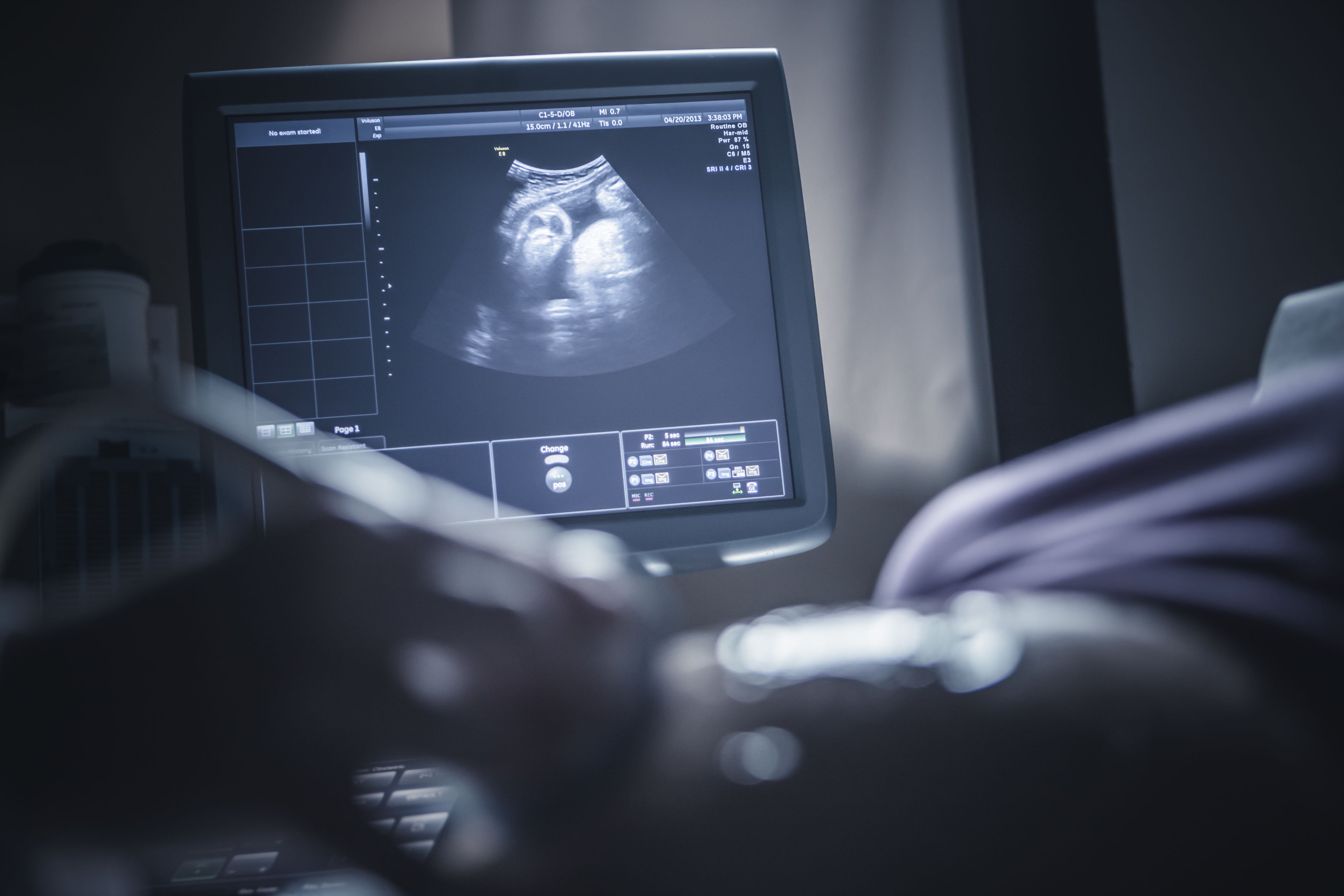
Professional
Keeping up momentum:
An update on ultrasound e-learning
More than a decade after it was first launched, the College of Radiographers’ ultrasound e-learning programme remains popular. Hazel Edwards, sonographer and module editor, provides an update on the sessions available
Hazel Edwards
Hazel Edwards
There were many reasons why the Clinical Imaging: Ultrasound e-learning modules were developed and launched in 2012, including flexible access for learners in terms of time, device and location, but no one quite had on the agenda ‘to provide complementary educational material during a global pandemic.’ Who saw that coming?
These sessions had been incredibly popular since their inception due to their easy-to-navigate formula, report-writing tips and interactive self-test questions but since the Covid-19 pandemic, the number of ‘hits’ on this resource have grown exponentially.
When opportunities to learn both clinically and academically were curtailed for many healthcare trainees due to stay-at-home lockdown restrictions, the e-Learning for Healthcare website was there, and will continue to be there should the unthinkable happen again.
Support for health workers
The non-obstetric ultrasound sessions, comprising abdominal, gynaecological, vascular, musculoskeletal, head and neck and prostate/testicular options, were developed by the College of Radiographers as part of its Clinical Imaging portfolio not just for radiographers and sonographers new to ultrasound but also to support experienced healthcare professionals taking on new clinical areas or returning to work after a spell of absence.
Since the sessions were first launched, the demographic of ultrasound users has broadened considerably. People who might choose to access some of these topics now may likely include podiatrists, rheumatologists, paramedics, general practitioners and undergraduate medical students, as more and more individuals start to learn focused aspects of ultrasound as an adjunct to their practice.
Revised and updated
Every session has just been revised and updated again for a second time, and for some topics there has been considerable change since the last revision six years ago. In particular, what was considered as new and innovative back in 2012 and 2017 is now often well-established and embedded in practice so it was important to modify the text and references to reflect this. For example, the Focused Assessment using Sonography for Trauma (FAST) session discussed how studies suggested ED physicians may offer value by performing FAST scans. Now it’s commonplace and accepted.
Another good example is the lung session. Lung ultrasound was relatively new ten years ago but now few would argue about its place in diagnosing pneumothorax, consolidation and paediatric lung conditions.
Hazel describes her approach to updating modules
New techniques
Some sessions needed fewer changes because guidelines included in the original or revised session are still used now, such as the 2009 joint recommendations by Oates et al, for carotid imaging, and the British Thyroid Association (2014) guidance for how to manage thyroid nodules.
However, prostate biopsy technique has moved on from the transrectal approach with most favouring transperineal prostate biopsy now due to the considerably lower post-procedure infection rate. It was essential to reflect this in the prostate ultrasound session. Similarly, in the neonatal and paediatric hip ultrasound session, the government’s NIPE (Newborn and Infant Physical Examination) guidance from 2021 needed to be included, and the recommended technique that’s offered now is Graf.
It was a pleasure working with Pam Parker, consultant sonographer at Hull, and Rebecca Hawkes, paediatric sonographer at Cambridge, to get these sessions fit for purpose again. Practitioners must be reminded, though, that there are often alternative techniques and care pathways when it comes to managing patients. It is the practitioner’s responsibility to adhere to local protocols and schemes of work.
Improving tech
Another revision aspect to be addressed was image quality. While it is difficult to source new images of rare pathology, ultrasound images of some of the more common conditions have been replaced with better quality versions.
Detail on most modern equipment is superb and resolution just keeps on improving but even in those images still featured from the original 2012 production - that may not be top quality - this can still be a learning opportunity. In the clinical setting, there is every likelihood that practitioners may sometimes be using old or very inexpensive equipment and/or imaging a challenging patient due to perhaps obesity or an inability to keep still.
Therefore, practitioners often have to accept less than perfect images that might otherwise be obtained using a high-end machine on a slim person. Practitioners must appreciate this and learn to know the limitations of imperfect images and how to interpret them.
Where suboptimal images are used in the e-learning ultrasound sessions, readers may be asked to reflect on how the example might have been improved. This aids critical thinking and helps to develop analytical skills, which are essential for every user of ultrasound.
Find out more…
Hazel Edwards is an experienced sonographer and professional officer for the British Medical Ultrasound Society.
The 55 sessions within the six non-obstetric ultrasound modules continue to be a useful free resource for all NHS staff, independent providers and university students enrolled on ultrasound-related programmes of study. Log in or sign up at e-lfh.org.uk to explore the Clinical Imaging: Ultrasound content and other topics relevant to your specialty.
Videography: Stephen Williams
Now read...



